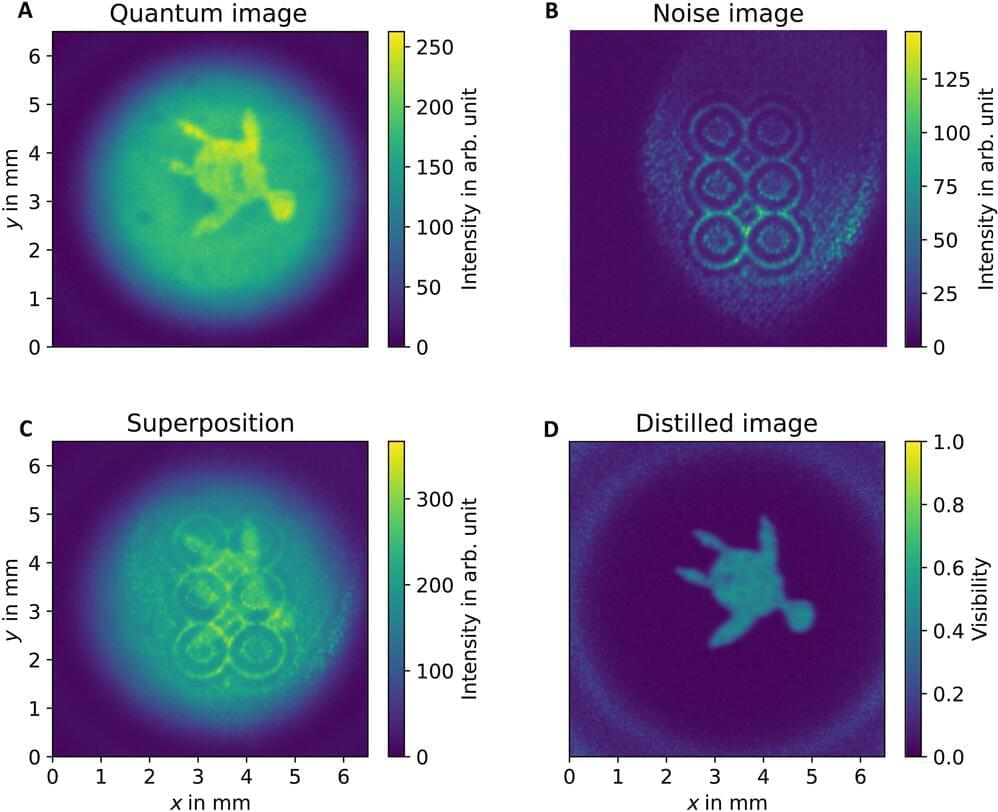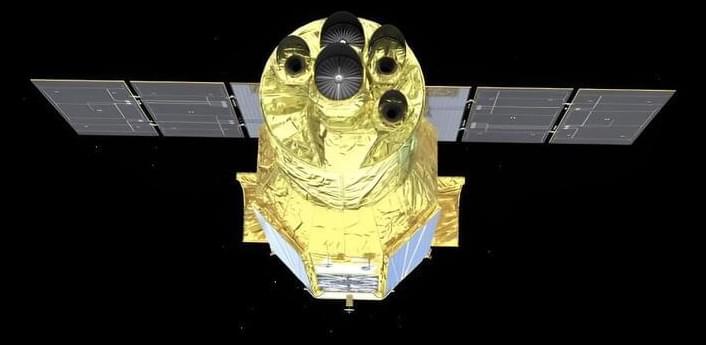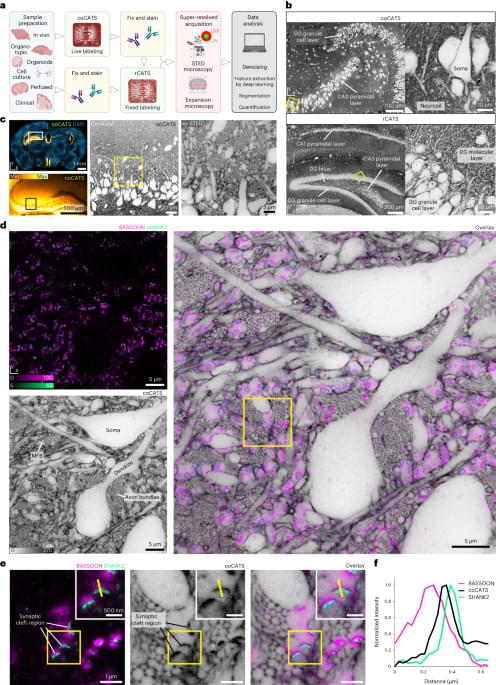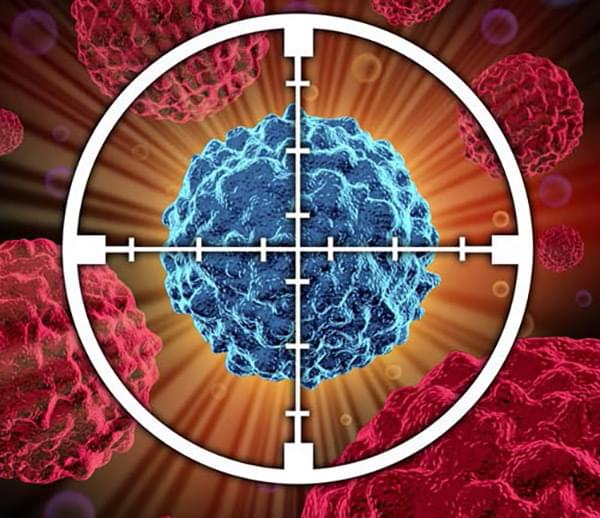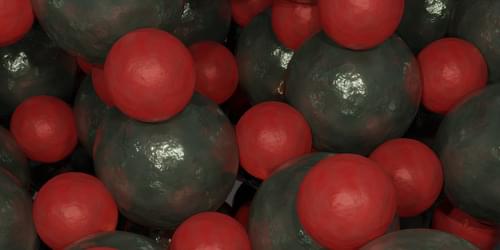It is possible to image an object with an induced coherence effect by making use of photon pairs to gain information on the item of interest—without detecting the light probing it. While one photon illuminates the object, its partner alone is detected, thereby preventing the measurements of coincidence events to reveal information of the sought after object. This method can be made resilient to noise, as well.
In a new report published in Science Advances, Jorge Fuenzalida and a team in applied optics, precision engineering and theory communications in Germany experimentally showed how the method can be made resilient to noise. They introduced an imaging-distilled approach based on the interferometric modulation of the signal of interest to generate a high-quality image of an object regardless of the extreme noise levels surpassing the actual signal of interest.
Quantum imaging is a promising field that is emerging with valid advantages when compared to classical protocols. Researchers have demonstrated this method across different scenarios to work in the low-photon flux regime by making use of undetected probing photons for super-resolution imaging.
